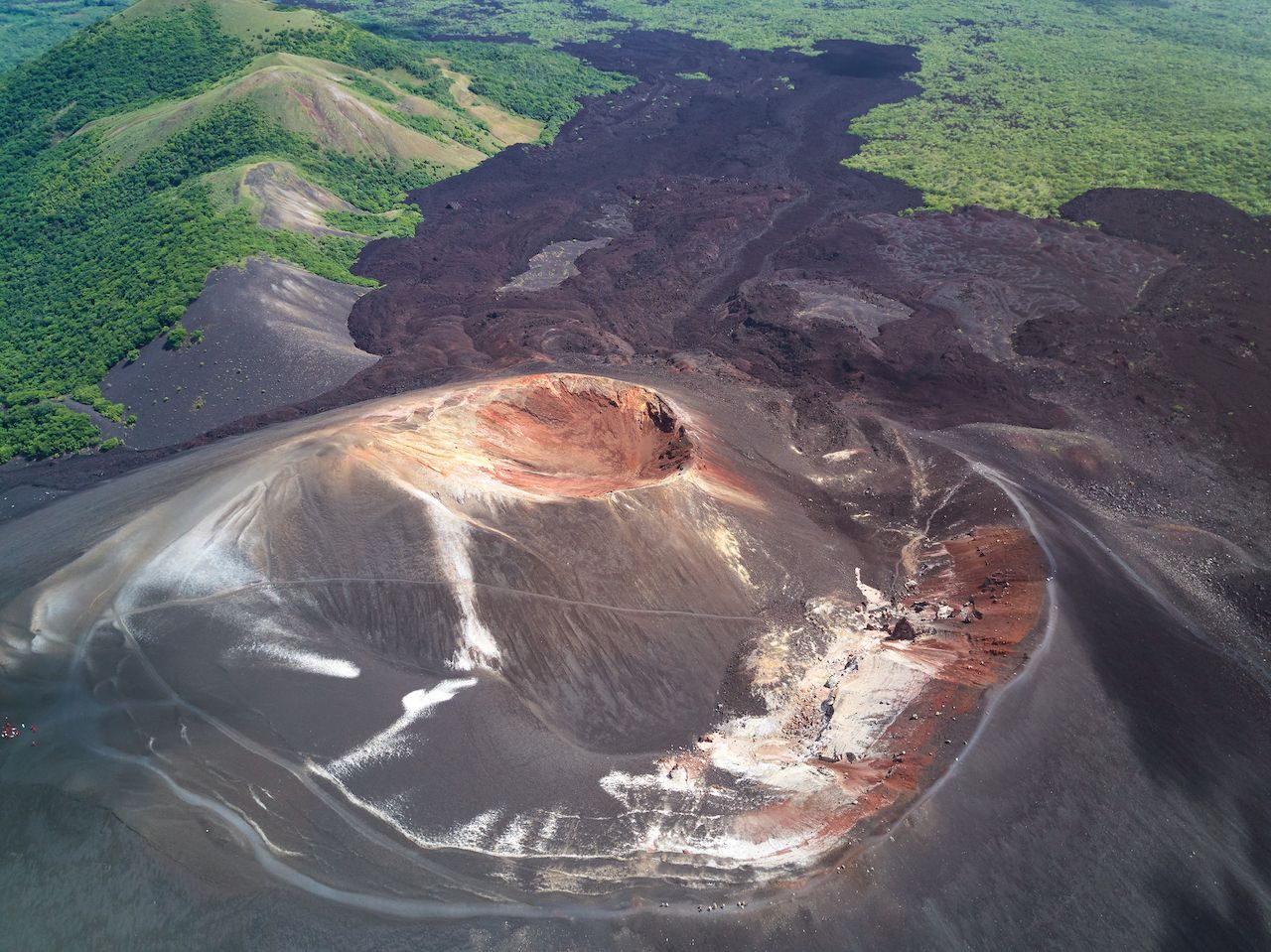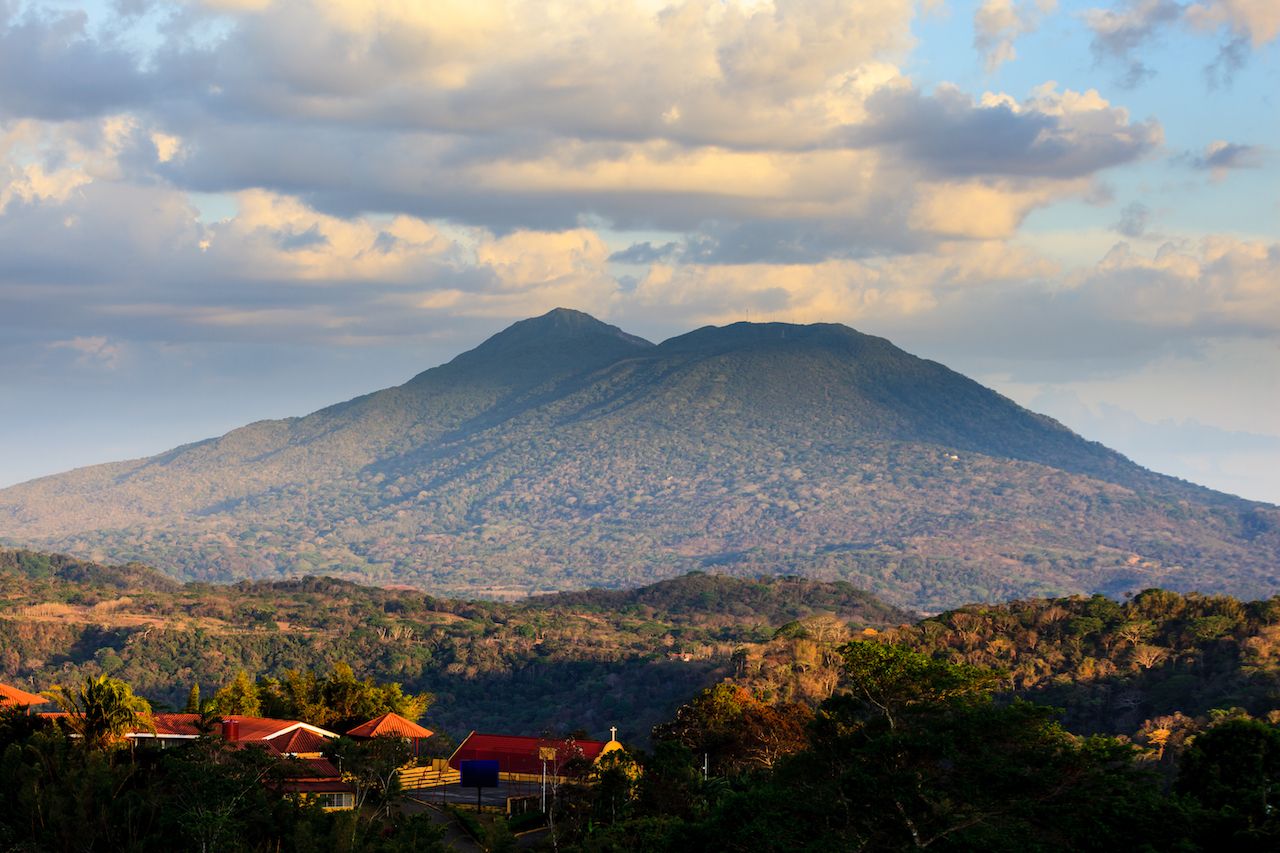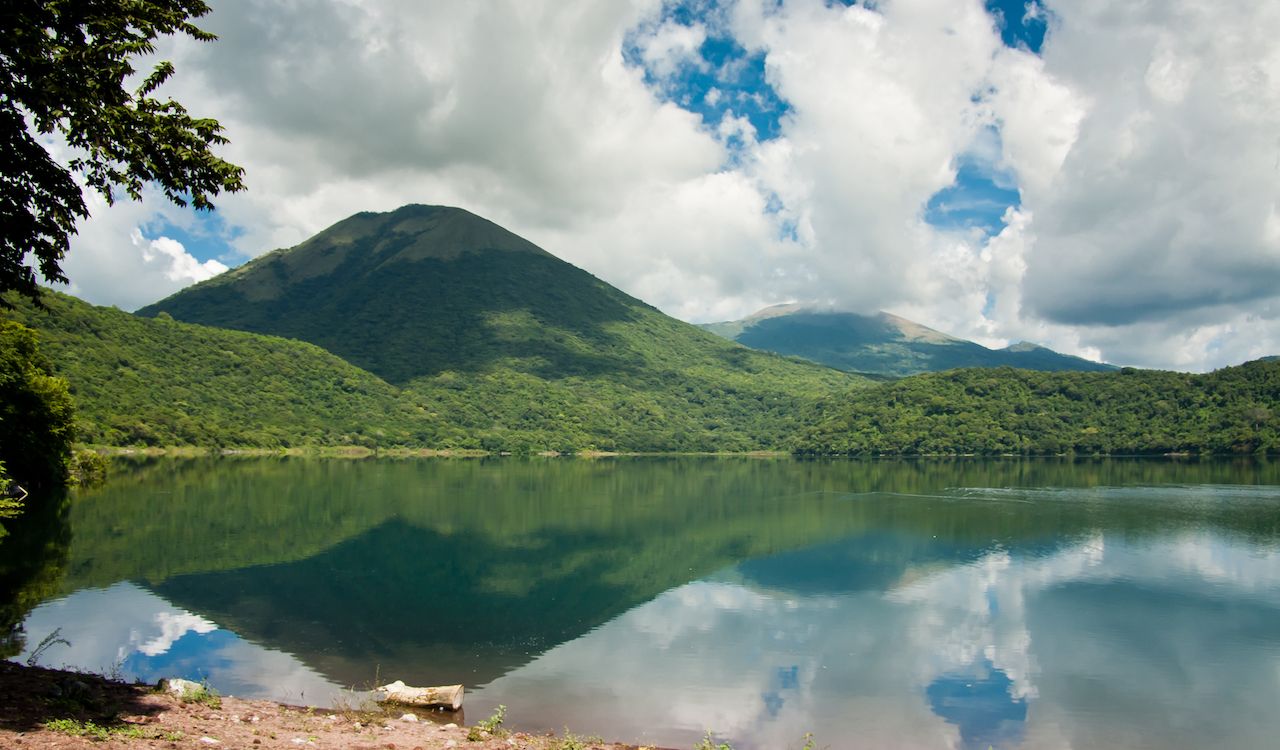Nicaragua is famous for its dramatic landscapes and known as the “land of lakes and volcanoes.” There is a chain of some 19 volcanoes, part of the Central American Volcanic Arc that runs north to south down the country. Regardless of whether or not they’re active, many of the volcanoes have hiking trails that offer a look into the different ecosystems and endemic flora and fauna, as well as jaw-dropping views. They are also a cool way to get in some exercise — not many people can say they hiked along a volcano.
The terrain on each volcano varies, which affects the hike’s difficulty, distance, and the time it takes to complete. Some require the aid of a guide and serious hiking gear; others are gentle enough to do on your own with just a good pair of shoes. Even if you’re not the most physically fit person, some hikes are relatively easy or offer several places to take a break so there’s no excuse to avoid one of the best parts of this tropical country. Here are four of the coolest volcano hikes you can do in a day.




